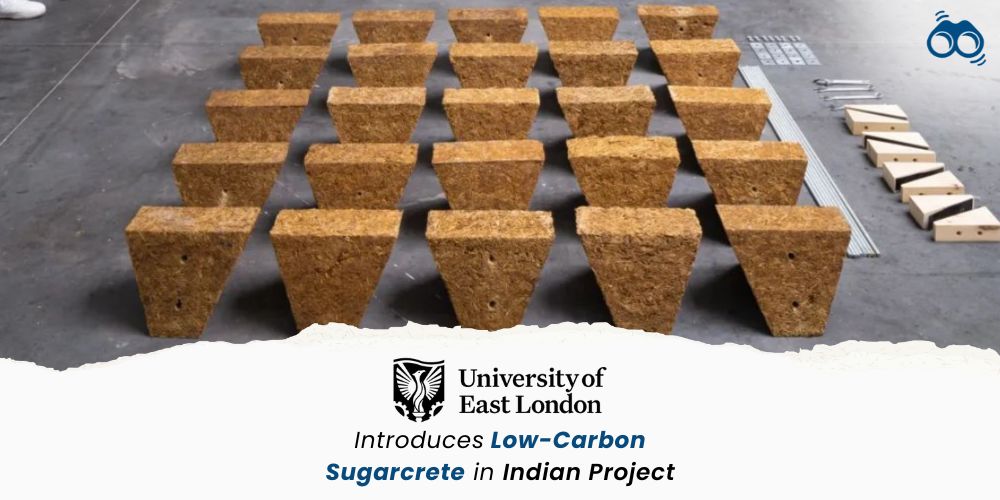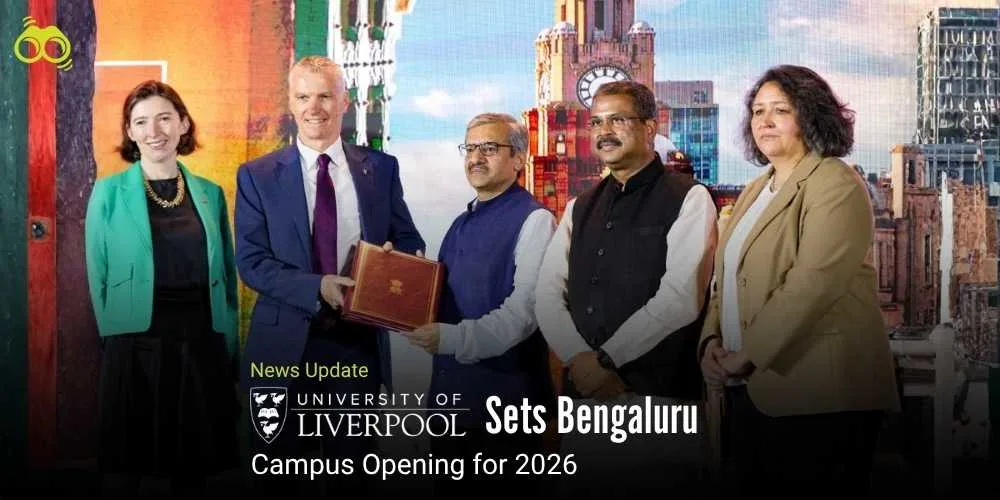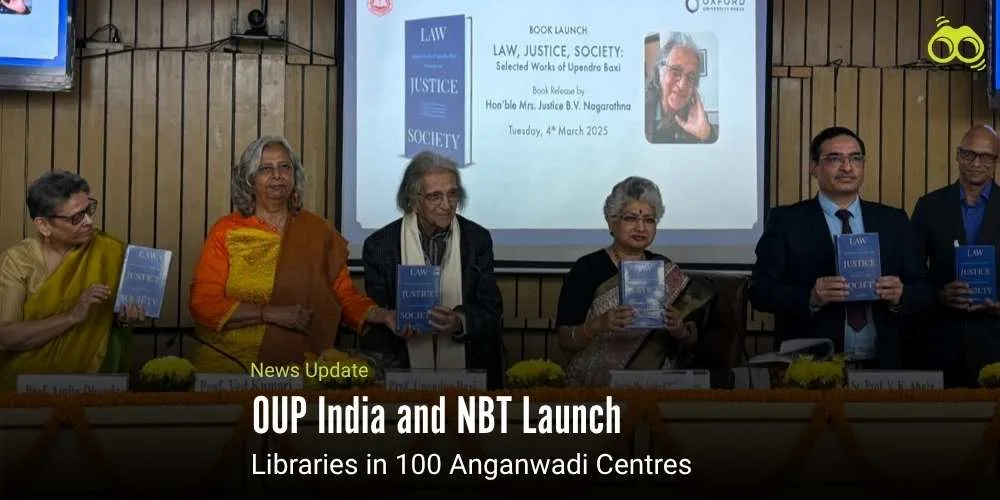Sugarcrete Innovation by UEL Promises Significant Reduction in Construction Sector's Carbon Footprint
Groundbreaking Sugarcrete Building Material Showcased in Indian School Project by UEL
Greener construction methods are sustainable building practices that minimise environmental impact and promote energy efficiency. People worldwide are using popular methods including green building materials like bamboo, recycled steel, and reclaimed wood, as well as incorporating renewable energy sources like solar panels and rainwater harvesting systems.
These methods reduce carbon footprints, conserve resources, and create healthier living environments. According to a report by the International Finance Corporation (IFC), transitioning to green construction methods could reduce global carbon emissions in the construction sector by 23% by 2035. This shift is particularly significant in emerging markets, which are expected to account for about 55% of this reduction.
Researchers at the University of East London (UEL) have constructed a school in India using a new low-carbon building material made from the pith left after processing sugar cane. The project, Panchsheel Inter College in Uttar Pradesh, was designed in collaboration with the Delhi School of Architecture and Planning. The researchers plan to monitor the building to evaluate the material's durability, thermal and sound insulation properties, and moisture absorption capacity.
Sugarcrete, made by combining bagasse (sugar cane waste) with sand, is six times less carbon-intensive than traditional materials and offers strong mechanical, acoustic, fire, and thermal properties. Sugarcane, the world’s largest crop by production volume, is a key component in this innovation. UEL noted that it could benefit the global south, where construction materials are costly to import. Tests suggest it is suitable for insulation panels, lightweight blocks, load-bearing blockwork, and structural floor and roof slabs.
UEL collaborated with India’s Chemical Systems Technologies (CST) to establish the first factory producing Sugarcrete blocks for the school. The material was developed by Armor Gutierrez Rivas and Alan Chandler, academics at UEL’s Sustainability Research Institute. Rivas explained that sugarcane absorbs carbon dioxide 50 times faster than trees, making Sugarcrete “a very sustainable material.” Ultimately this innovative use of Sugarcrete showcases a promising step towards more sustainable building practices, potentially revolutionizing construction methods and contributing significantly to global efforts in combating climate change.
Editor's Note:
The innovative use of Sugarcrete by the University of East London (UEL) in constructing the Panchsheel Inter College in India is a significant step towards reducing carbon emissions in the construction sector. By utilizing a low-carbon material made from sugar cane waste, this project minimizes environmental impact and sets a precedent for sustainable building practices. Other countries, such as Denmark, Finland, and New Zealand, are also amending building codes and adopting similar low-carbon materials to achieve carbon neutrality and reduce greenhouse gas emissions. To assess the material's durability, insulation properties, and ability to absorb moisture, researchers are monitoring the school's performance; it will also help to build greener construction methods in the future.
Skoobuzz appreciates the efforts of UEL for this groundbreaking research as this will set an example for others to adopt greener practices for a sustainable future.














0 Comments (Please Login To Continue)